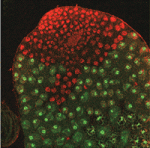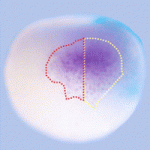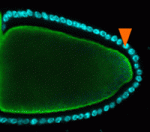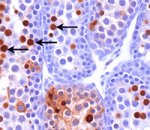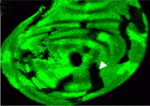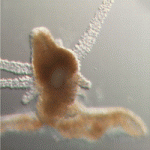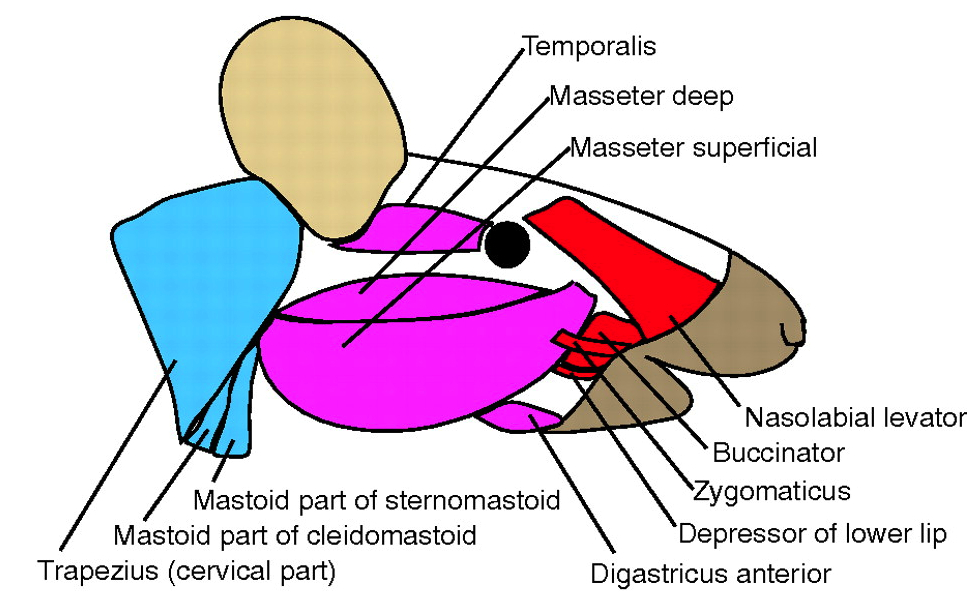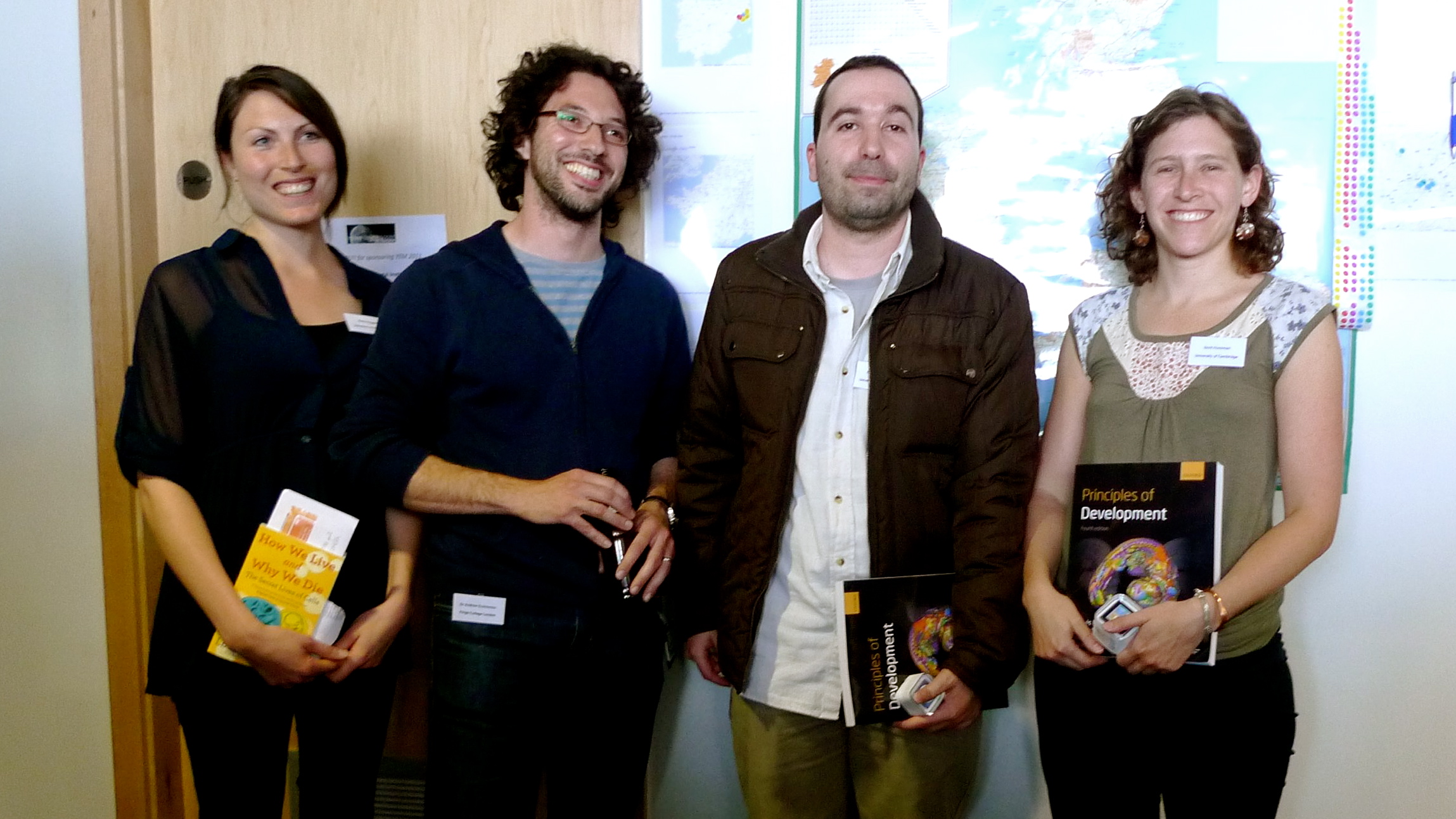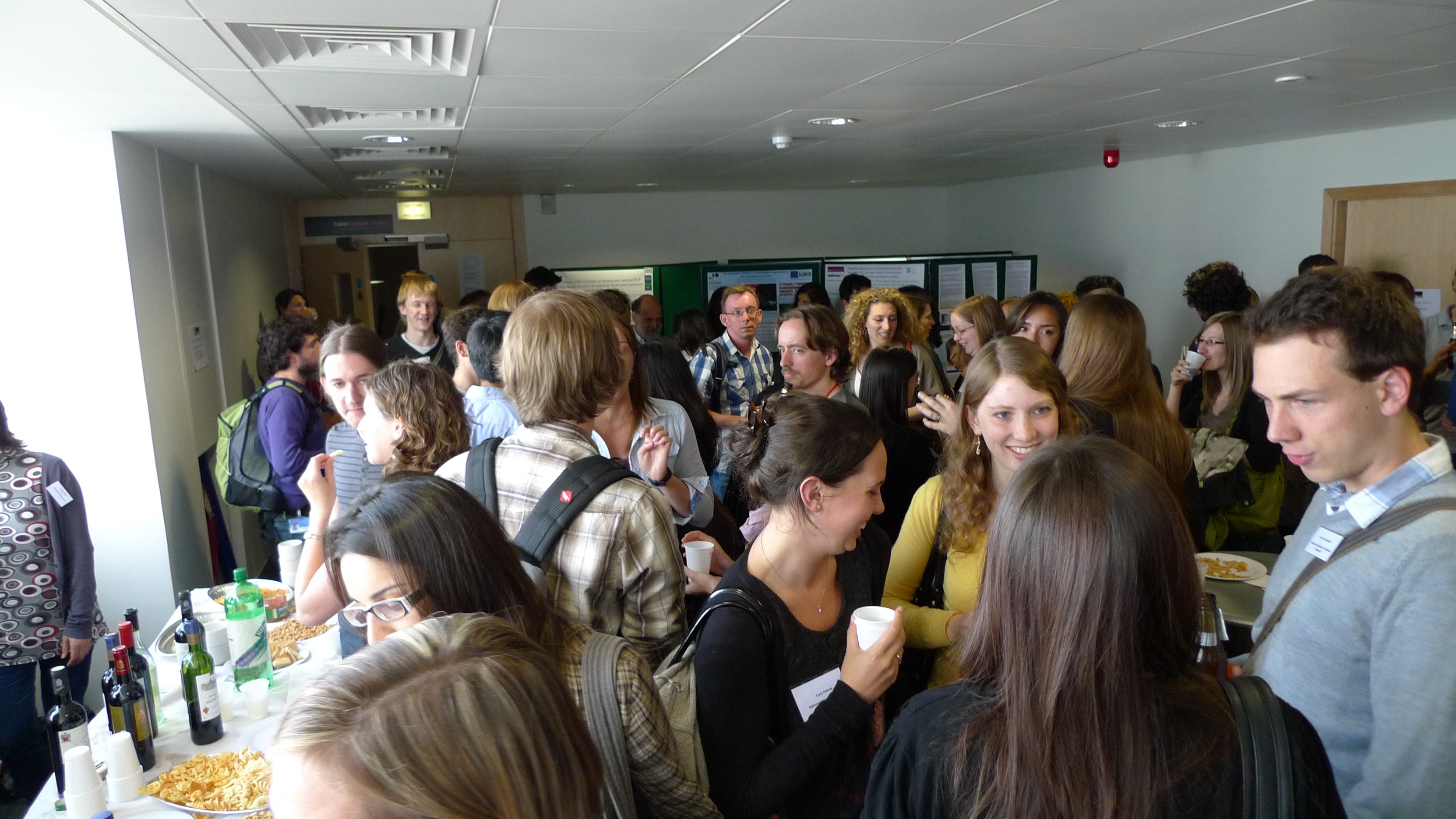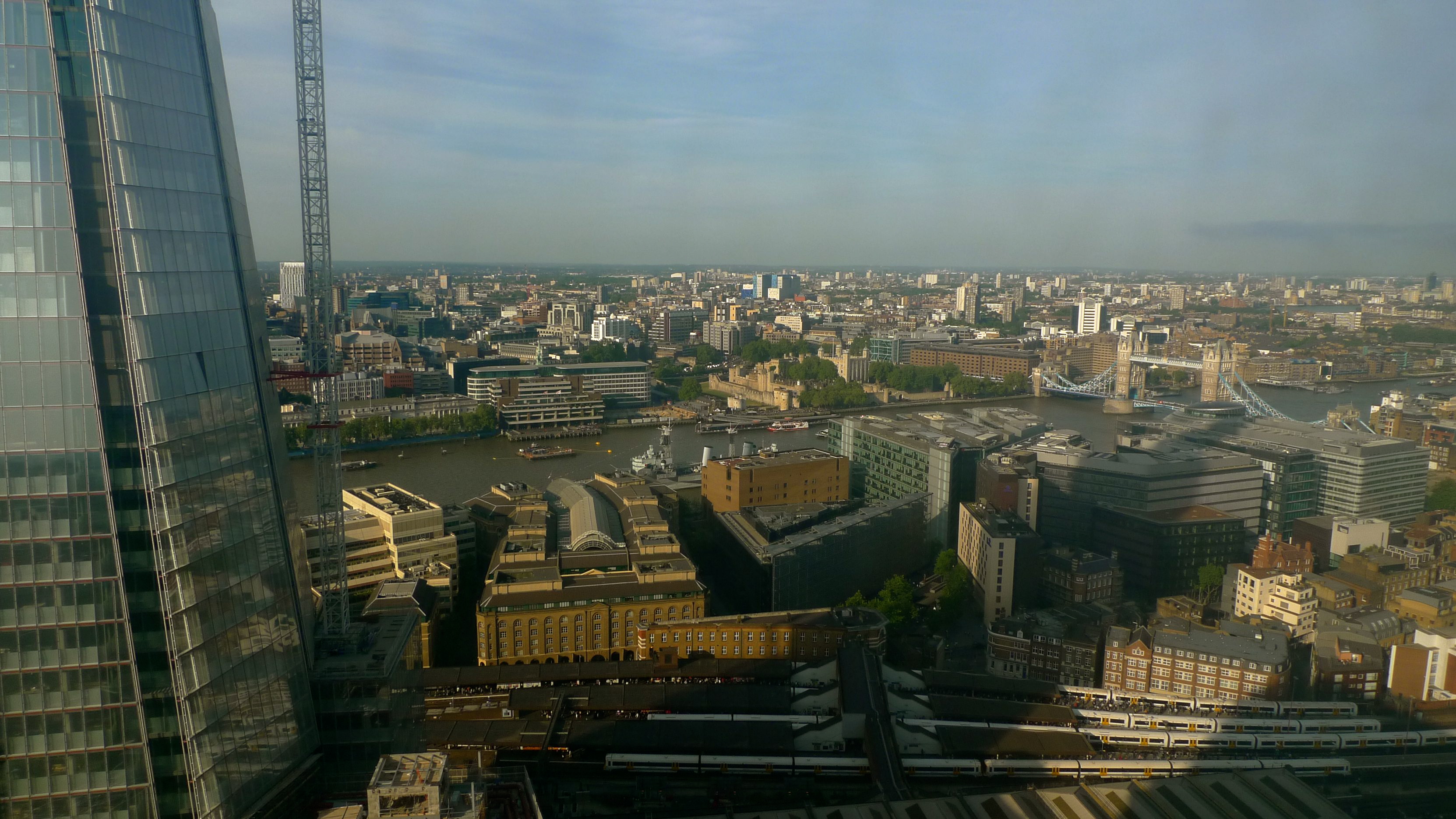An interview with Elisabeth Knust: President of the German Society for Developmental Biology
Posted by Eva Amsen, on 27 May 2011
(This interview originally appeared in Development)
Every two years, the German Society for Developmental Biology (GfE – Gesellschaft für Entwicklungsbiologie) holds a scientific meeting for their members. This year, from 23 to 26 March, their meeting was held in Dresden, jointly with the Japanese Society of Developmental Biologists (JSDB). At this meeting, we sat down with GfE President Elisabeth Knust to learn more about her and about the society’s role in connecting developmental biologists in Germany.
My lab is working on major questions in cell polarity, in particular on the elucidation of the mechanisms that maintain cell polarity, and we are concentrating specifically on polarity in epithelial cells. Some years ago, we identified what is now called the Crumbs complex. We’re now trying to understand how this complex controls cell polarity. For the past few years we have also been working on photoreceptor cells. We know that the Crumbs complex is involved in the function and development of these cells by controlling shape and morphogenesis. Flies that do not have Crumbs in their photoreceptor cells become blind when they’re exposed to constant light, a phenotype reminiscent of a human disease, retinitis pigmentosa 12. Indeed, some of these patients have mutations in one of the homologues of the Crumbs gene, CRB1. Given these different aspects of the function of Crumbs – control of cell polarity, control of cell morphogenesis and prevention of light-dependent degeneration – we are asking what the complex is doing at a cell biological level. I expect that the function is the same but that the readout of each cell is slightly different. However, this is what we have to figure out.
You’re also the current President of the GfE. How long have you been president of the society?
I’ve been president since 2010 and presidency is always a two-year period. The main task of the President is to organise the meeting, which we are currently holding here in Dresden. The society also runs the GfE school, a symposium particularly for young scientists – graduate students, postdocs – to present their work. This school also takes place every other year and is organised by Ulrich Nauber, the treasurer of the society, and one or two additional scientists, who determine the topic.
Is the GfE school just open to members or can anyone attend?
In principle, anyone can attend. For GfE members, at least for member students, participation and accommodation is free. The invited speakers also get free accommodation but they are supposed to pay for their travel themselves. I think that’s a good way to keep this meeting affordable while still getting good scientists to present their work. But a major function of this GfE school is also to provide the opportunity for students and postdocs to present their own work.
How old is the society?
The society was founded in 1975 with the goal of fostering developmental biology in Germany. Initially, it was meant to be the society for all German-speaking countries, including Austria and Switzerland, but the number of members in Austria and Switzerland has gone down with time: currently there are only eleven members from these countries.
When the society was founded in 1975, was that just for West Germany at the time?
Yes, it was only for West Germany, because at that time everything was separated. After the unification of East and West Germany, it was not difficult to merge GfE membership because there was very little developmental biology in the eastern part of Germany. There was one Drosophila group in Halle – the group of Gunter Reuter, whose work on position-effect variegation made major contributions to what is now known as epigenetic regulation of chromatin. Today, only about 12% of the members come from the former east, e.g. from Dresden, Berlin, Halle and Rostock.
(more…)


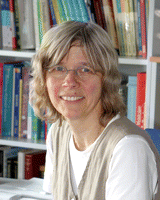
 (No Ratings Yet)
(No Ratings Yet) (3 votes)
(3 votes) (16 votes)
(16 votes)